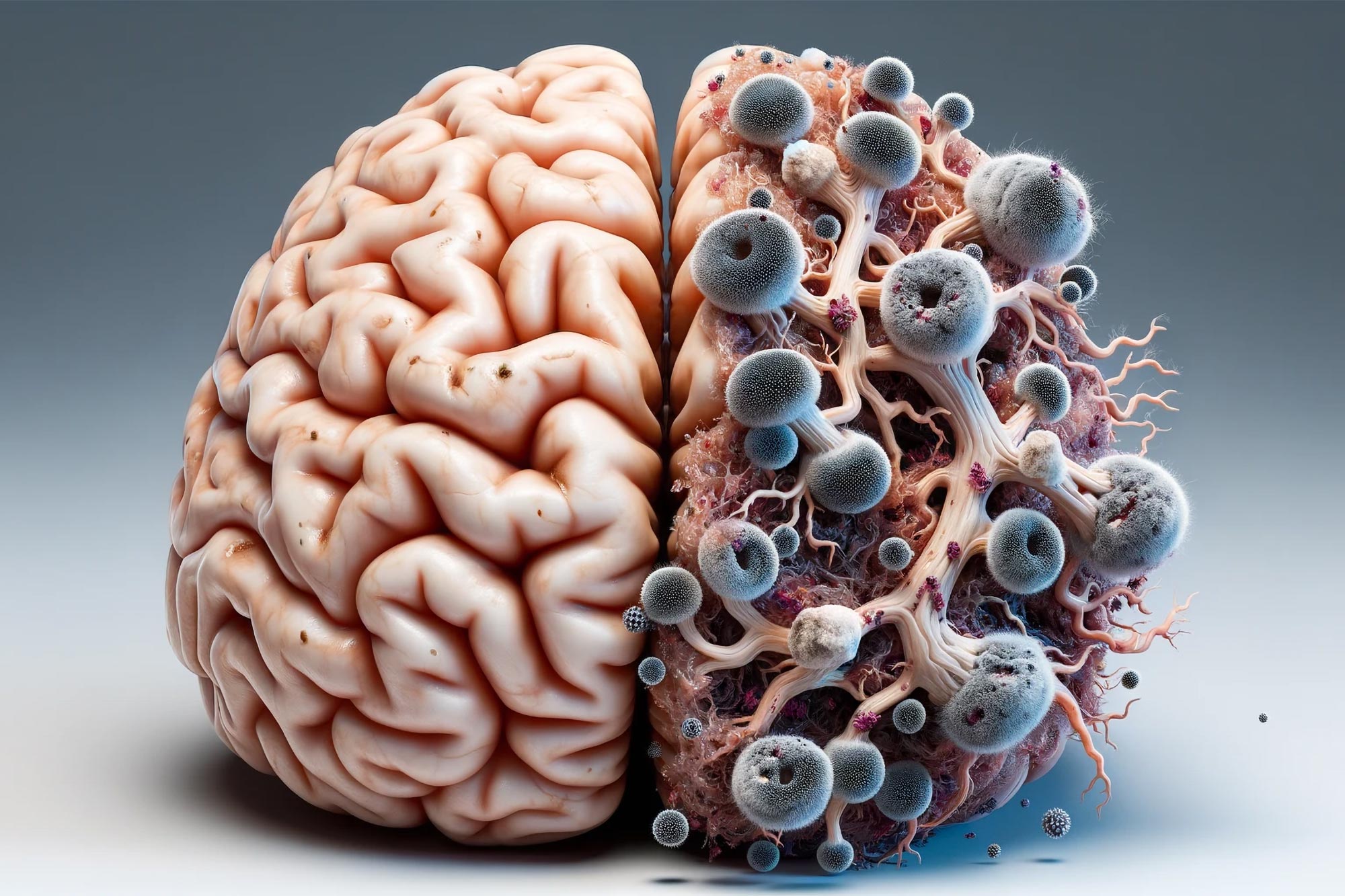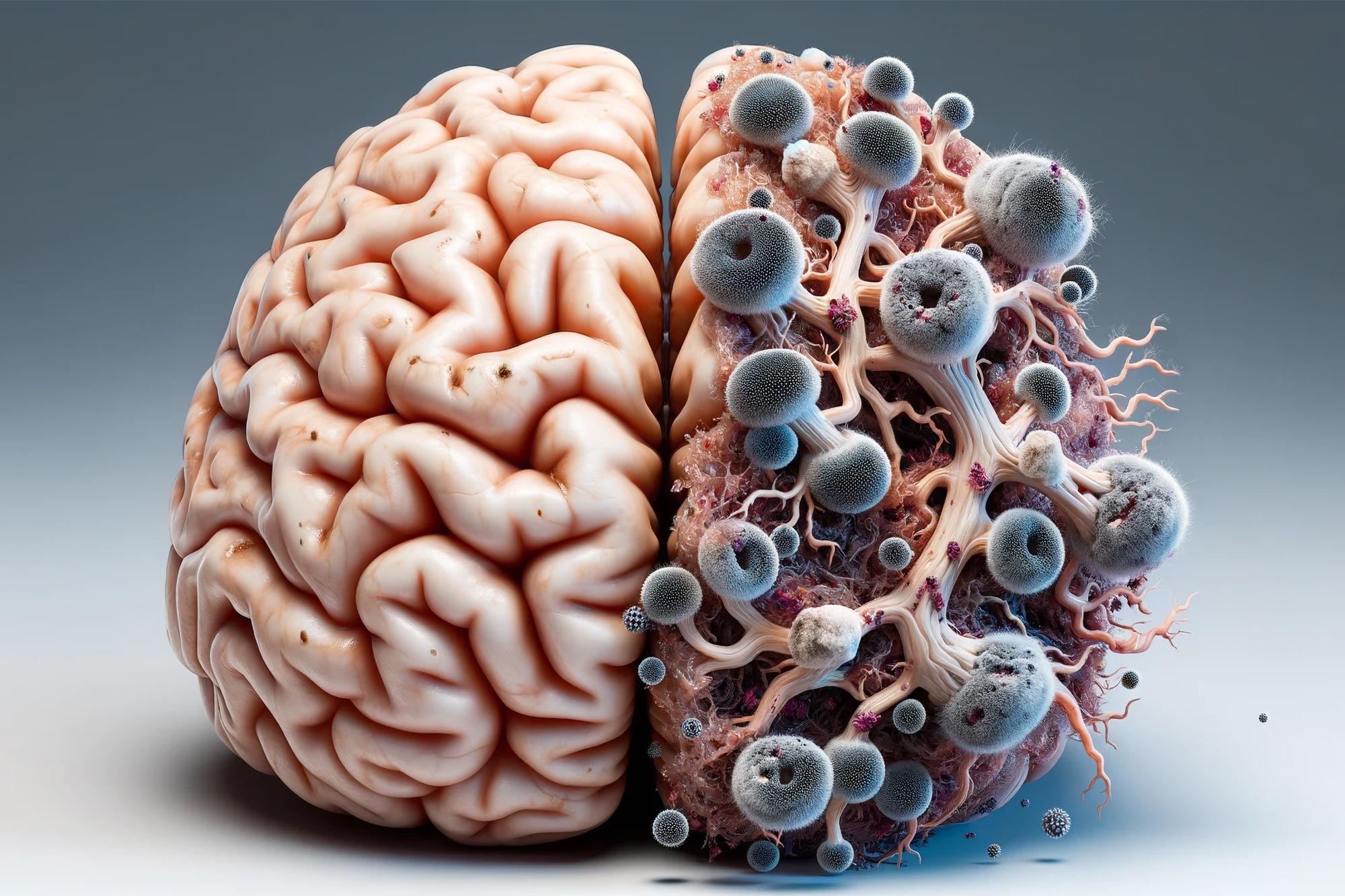
Researchers from Baylor College of Medicine explored the role of the fungus Candida albicans in the development of Alzheimer’s disease. Through animal models, they found that the fungus breaches the blood-brain barrier using enzymes and can produce amyloid beta (Ab)-like peptides, toxic protein fragments believed to be central to Alzheimer’s.
A groundbreaking study from Baylor College of Medicine has shed light on the potential link between the fungus Candida albicans and Alzheimer’s disease. Researchers discovered that Candida albicans has the ability to generate toxic peptides associated with Alzheimer’s, indicating its possible involvement in the disease’s progression. This finding emphasizes the need for further investigation and the development of new treatment approaches.
While previous research has suggested a connection between fungi and chronic neurodegenerative conditions like Alzheimer’s disease, the exact mechanisms underlying this relationship remain poorly understood.
In this study, scientists at Baylor College of Medicine and collaborating institutions utilized animal models to investigate how the fungus Candida albicans enters the brain, activates clearance mechanisms in brain cells, and produces amyloid beta (Ab)-like peptides. Their findings, published in the esteemed journal Cell Reports, have provided crucial insights into the development of Alzheimer’s disease.
Unveiling the Connection Between Fungus and Alzheimer’s
Dr. David Corry, the corresponding author and Fulbright Endowed Chair in Pathology at Baylor, stated, “As experts in fungal research, our team embarked on a study exploring the potential link between Candida albicans and Alzheimer’s disease using animal models. In a previous study, we observed that Candida albicans infiltrates the brain and induces Alzheimer’s-like changes. The current study is an extension of that work, aiming to elucidate the molecular mechanisms involved.”
The study’s first author, Dr. Yifan Wu, a postdoctoral scientist at Baylor, explained, “Our initial question was how Candida albicans breaches the blood-brain barrier to invade the brain. We discovered that the fungus produces enzymes called secreted aspartic proteases (Saps), which effectively break down the blood-brain barrier and cause damage.”
Mechanisms for Fungal Clearance
To further understand the clearance of Candida albicans from the brain, researchers investigated the role of brain cells called microglia. These cells are activated by the fungus and initiate two mechanisms essential for clearance.
Dr. Wu elaborated, “The same secreted aspartic proteases (Saps) utilized by the fungus to breach the blood-brain barrier also break down the amyloid precursor protein into Ab-like peptides. These peptides activate microglial brain cells through the Toll-like receptor 4, which helps control the fungal load in the brain. However, this mechanism is insufficient to clear the infection.”
Candida albicans also produces a protein called candidalysin, which binds to microglia via a different receptor called CD11b. Dr. Wu added, “This candidalysin-mediated activation of microglia is crucial for effectively clearing Candida from the brain. If we disrupt this pathway, the fungus persists in the brain.”
Novel Insights into Alzheimer’s Disease
Dr. Corry highlighted the significance of their findings, stating, “This study offers a new perspective on the development of Alzheimer’s disease. The prevailing theory attributes the condition to the accumulation of toxic Ab-like peptides in the brain, leading to neurodegeneration. It is widely believed that these peptides are primarily generated by our own brain proteases breaking down the amyloid precursor proteins. However, our research reveals that Candida albicans can also generate these Ab-like peptides. This common fungus, which has been detected in the brains of individuals with Alzheimer’s disease and other neurodegenerative disorders, possesses its own set of proteases capable of generating these peptides.”
Dr. Corry further commented, “We propose that the aggregated brain Ab-peptides associated with various Candida-related neurodegenerative conditions, including Alzheimer’s disease and Parkinson’s disease, may be generated both intrinsically by the brain and by Candida albicans. This animal model study supports further investigation into the role of Candida albicans in Alzheimer’s disease development, potentially leading to innovative therapeutic strategies.”
Reference: “Toll-like receptor 4 and CD11b expressed on microglia coordinate eradication of Candida albicans cerebral mycosis” by Yifan Wu, Shuqi Du, Lynn H. Bimler, Kelsey E. Mauk, Léa Lortal, Nessim Kichik, James S. Griffiths, Radim Osicka, Lizhen Song, Katherine Polsky, Lydia Kasper, Peter Sebo, Jill Weatherhead, J. Morgan Knight, Farrah Kheradmand, Hui Zheng, Jonathan P. Richardson, Bernhard Hube, Julian R. Naglik, and David B. Corry, 10 October 2023, Cell Reports.
DOI: 10.1016/j.celrep.2023.113240


